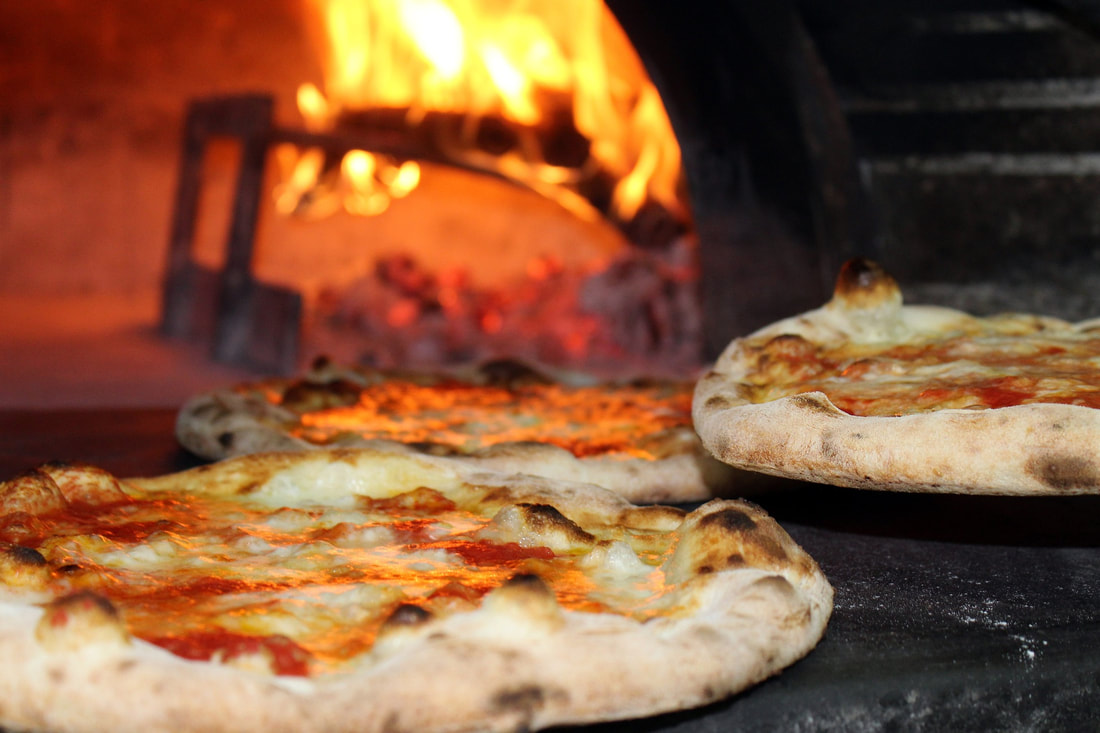 Unique by Region: Italian Food Culture For being such a small country, the 20 regions of Italy are surprisingly diverse. The culture is entirely different between the northern regions and the southern regions – and that includes the cuisine. If you are traveling to Italy with the main goal of eating the most authentic cannoli of your life, you don’t want to spend your vacation in Venice. Venice has its own delicious food culture, but cannoli are not authentically part of it. It’s important to understand that part of the beauty of Italy lies in its diversity within the country. Every region is magnificently unique and each city is distinctive in its own right. Let’s dive into the beautiful differences that exist in il Bel Paese. Locally Grown The regional cuisine is, for obvious reasons, influenced by the landscape and the ingredients available there. Coastal regions, or even just the cities nearest the coast, will favor cooking seafood over farm animals. Up in the hills and mountains, you will find more red meats from pigs, goats, lambs, and even rabbits! Similarly, the vegetables, spices, and herbs most commonly used are determined by what is grown in the region. The south has more spicy spices, like pepperoncini, while the central and northern regions prefer truffles to add a little flair to a dish. Even the bases of dishes are determined by location. Northern regions are more likely to serve rice (like in risotto) or polenta, while southern regions are more likely to use chickpeas as a meal base. Northerners like cooking with butter, but central and southern Italians prefer oil. Neighborhood Influences Up north, high up in the Alps and the Dolomites, you will not find the stereotypical pastas and pizzas that you imagine when you think of Italy. Instead, you will find a healthy mix of Italian pastas with northern European cuisine. Due to the close proximity to France, Switzerland, and Austria, these regions’ food cultures have been influenced by their neighbors. Here you will find a lot of creamy fondue, cheeses, and hearty meat dishes. Coastal port cities, however, like Venice, are even more diverse. They have a lot of influence from distant cultures. Near the old ports, you will find evidence of influence from Arabic, Greek, and north African cultures that crossed the Mediterranean Sea long ago for trade. Regional Divides Dishes are extremely regional. That carbonara you love so much will only be found in traditional Italian restaurants in south-central regions. If you find it anywhere else, you are at a restaurant that is specifically serving dishes from a different region, or you are in a restaurant that caters mainly to international tourists (read as: overpriced and low quality). Dishes are so extremely regional, that some dishes are specifically city dishes. There are some dishes that are amazing and delicious, but you will only find them in that one particular city. Then, there are some dishes that are so good that they have surpassed the one city it originated in, but have kept the name. That’s why you have dishes like Risotto alla Milanese (literally “risotto made in the style from the city of Milan”) and Ragù alla Bolognese (“ragù sauce made in the style from the city of Bologna”). Coffee Breaks First and foremost, let’s clarify one important fact. Italian caffè does not taste like Starbucks. In fact, a menu at an Italian bar (quick café) looks nothing like Starbuck’s menu. Sure, some of the names are the same, like espresso and cappuccino, but they are served quite differently. You won’t see a long line of flavor syrups next to the espresso machine, and you probably won’t find a lot of cozy seats to sip your coffee on (unless the shop is known for serving delicious pastries). Italians don’t sip their coffee slowly. An espresso is typically drank standing up at the bar in a few quick sips. A cappuccino doesn’t come in a take-away cup. And you will never find a macchiato served in a regular-sized coffee mug. The differences between how Italians take their coffee is not huge from the north to the south. The biggest difference stems from which coffee brand or bean is the favorite. Northerners tend to prefer a mild medium roast coffee, especially made from Arabica beans. Southerners, on the other hand, like their coffee extremely hot and strong. Delicacies foodies absolutely have to try, per region: Val D’Aosta – Polenta with fontina cheese Piedmont – any dish spruced up with locally-sourced White Truffles Lombardy – Risotto alla Milanese Trentino-South Tyrol – Speck Veneto – Baccalà (try to open up your appetite with a Spritz drink with Aperol, Campari, or Select beforehand) Friuli-Venezia Giulia – Prosciutto San Daniele Liguria – any dish with Pesto Genovese Emilia-Romagna – Ragù alla Bolognese (pro tip: try it with some Parmigiano Reggiano) Tuscany – Bistecca alla Fiorentina (and be sure to try some of the salt-less Bread) Umbria – Pasta alla Norcina Marche – Brodetto di Pesce di Ancona Lazio – Spaghetti alla Carbonara Abruzzo – Arrosticini Abruzzesi Molise – Cavatelli pasta Campania – Pizza Margherita (then wash it all down afterwards with some Limoncello) Apulia – Friselle Basilicata – any secondo dish with Angello (“lamb”) Calabria – Soffritto di Maiale Sicily – Cannoli Sardinia – Porcheddu Mangiamo!
0 Comments
Leave a Reply. |
Archives
February 2023
Categories |
LagoBlu Travel |

 RSS Feed
RSS Feed